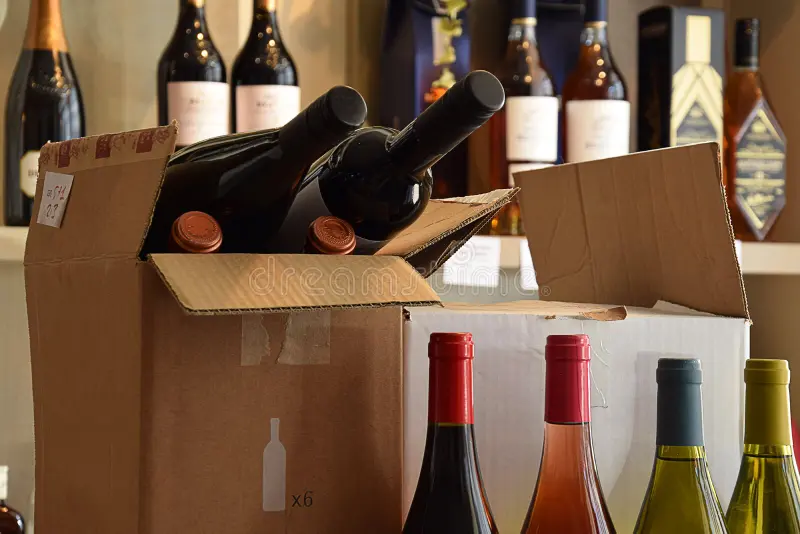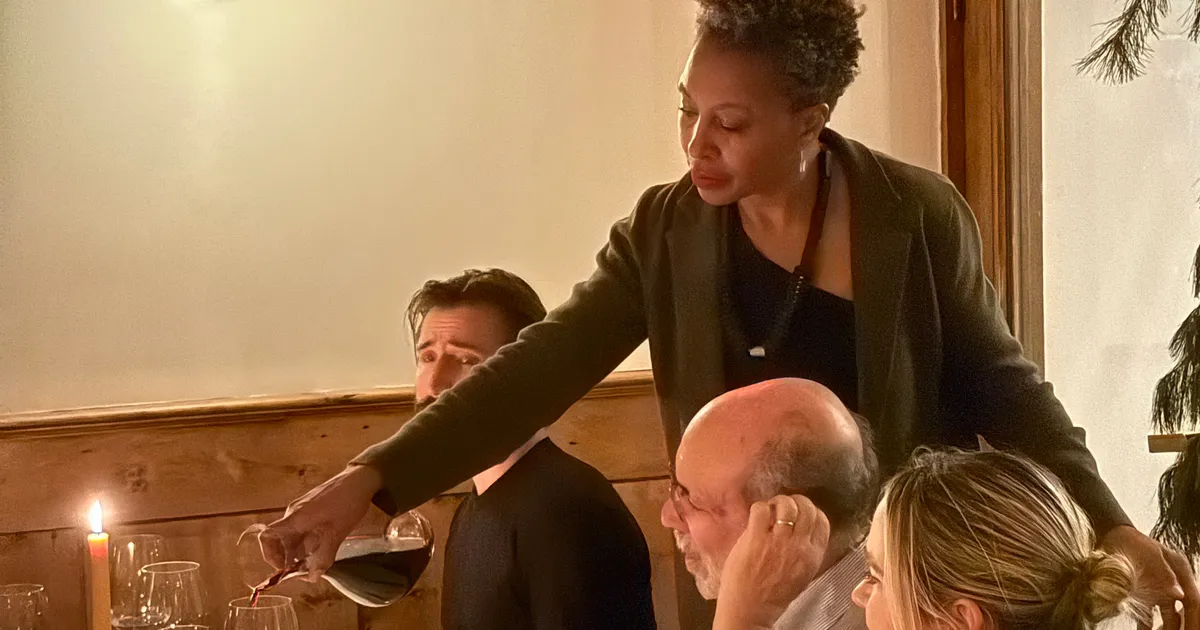Wine delivery has revolutionized how we purchase and enjoy our favorite bottles, bringing exceptional vintages directly to our doorstep. However, the convenience of online wine shopping comes with an important responsibility: proper storage. Whether you’ve invested in a rare vintage or picked up an everyday drinking wine, how you store your bottles after delivery can dramatically impact their taste, quality, and longevity.
The moment your wine arrives, it begins a new chapter in its journey. Unlike wines that have been sitting undisturbed in a wine shop’s climate-controlled environment, delivered wines have experienced the stress of transportation, temperature fluctuations, and handling. This can temporarily affect the wine’s character, making proper storage even more critical for maintaining the winemaker’s intended flavor profile.
Understanding wine storage isn’t just about following a few basic rules—it’s about preserving an investment and ensuring that every bottle you open delivers the experience you paid for. From temperature control to humidity management, from protecting against light damage to understanding how long different wines last once opened, proper storage techniques can mean the difference between a memorable wine experience and a disappointing one.
Temperature Control: The Foundation of Wine Storage
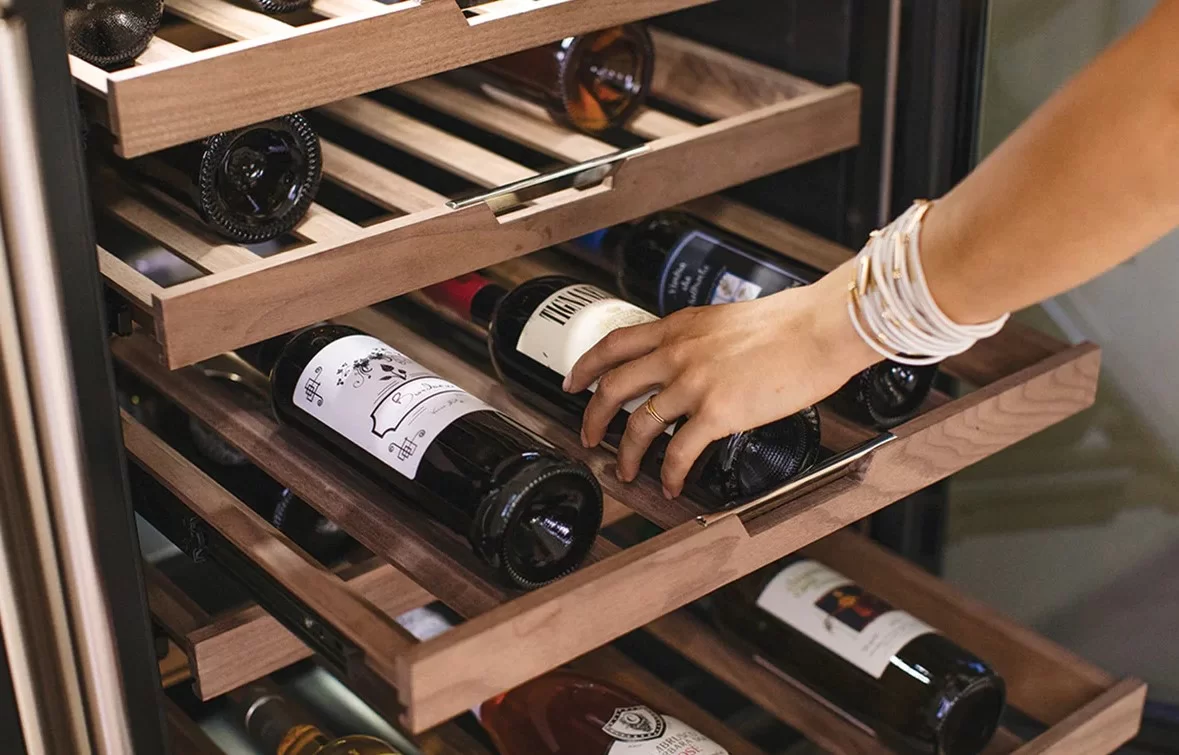
Temperature stands as the most critical factor in wine preservation, and maintaining consistency is key to protecting your delivered wines. The ideal storage temperature range falls between 45°F and 65°F (7°C to 18°C), with 55°F (13°C) being the optimal target for both short-term and long-term storage. This temperature range prevents the wine from aging too rapidly while avoiding the risk of freezing, which can push corks out and ruin the wine entirely.
Extreme temperatures pose serious threats to wine quality. Heat above 70°F can literally “cook” your wine, causing it to lose its intended flavors and develop off-tastes that resemble cooked fruit or burnt characteristics. Conversely, temperatures below freezing can expand the liquid, potentially forcing the cork out and allowing air to enter the bottle, leading to premature oxidation.
For wine enthusiasts without a dedicated wine fridge, several alternatives can provide adequate temperature control. A cool pantry, closet, or even a regular kitchen refrigerator can serve as a temporary storage solution. However, standard refrigerators typically maintain temperatures around 37°F, which is too cold for long-term wine storage and can dull the wine’s flavors over time. If using a regular fridge for extended storage, consider investing in a dedicated wine cooler that offers precise temperature control and dual-zone options for storing different wine types simultaneously.
Humidity Management: Protecting Cork Integrity
Proper humidity levels play a crucial role in maintaining cork health and preventing wine spoilage. The ideal humidity range for wine storage falls between 50% and 80%, with many experts recommending around 60-68% as optimal. This range ensures that corks remain properly hydrated without creating conditions that promote mold growth or label damage.
When humidity levels drop too low, corks can dry out and shrink, allowing air to seep into the bottle and causing premature oxidation. This is particularly problematic for wines intended for long-term storage, as even small amounts of air exposure can significantly alter the wine’s character over time. On the flip side, excessive humidity can lead to mold growth on bottles and cause labels to peel off, which may not affect the wine’s taste but can impact its value and presentation.
To maintain proper humidity in your storage area, consider using a hygrometer to monitor levels regularly. If your storage space is too dry, placing a small bowl of water nearby can help increase humidity naturally. For areas that are too humid, ensure adequate ventilation and consider using moisture-absorbing products to bring levels down to the optimal range.
Light Protection and Environmental Considerations
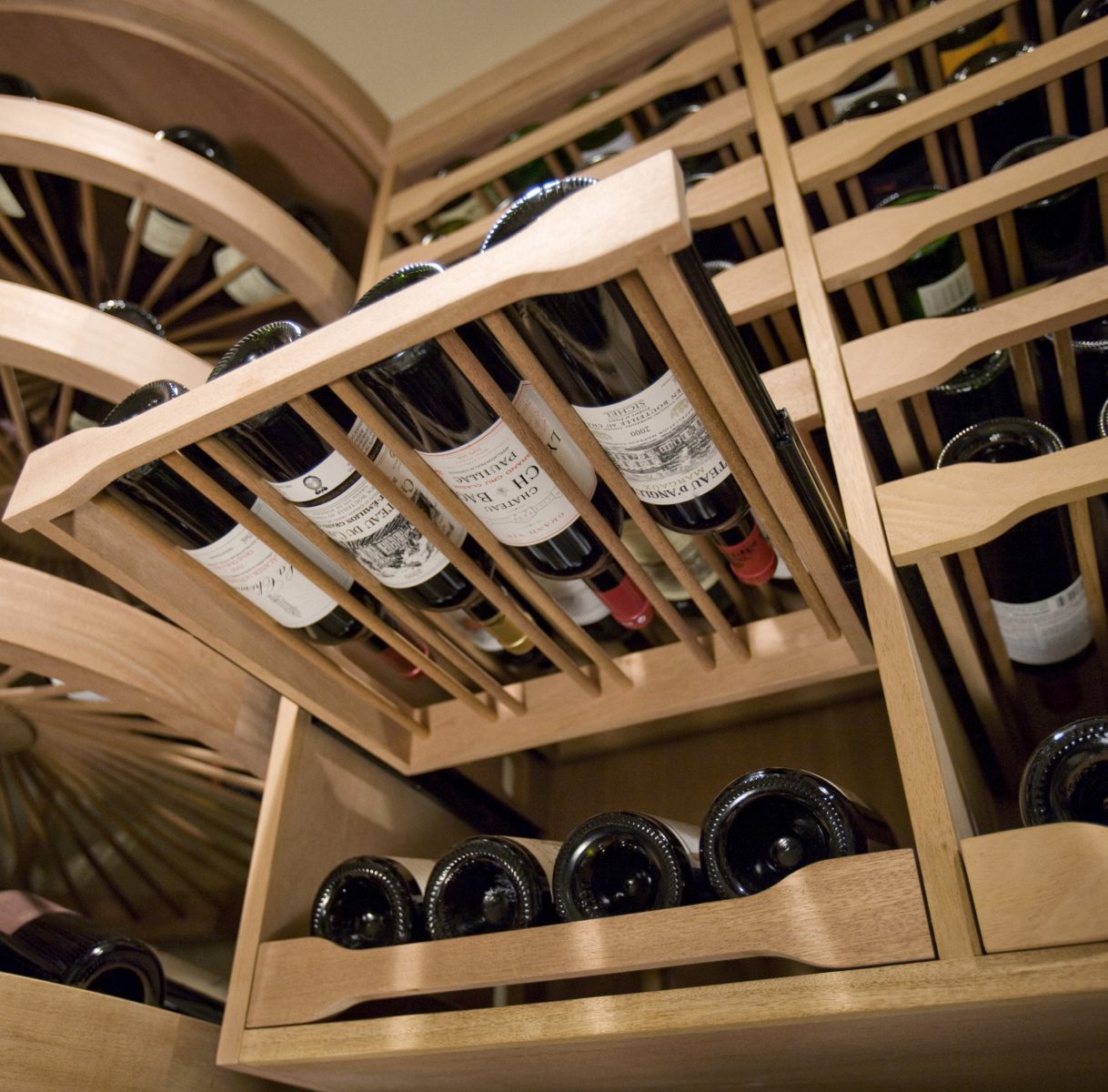
Wine is remarkably sensitive to light exposure, particularly ultraviolet (UV) rays that can break down compounds in the wine and create unpleasant flavors. This sensitivity extends beyond just sunlight; fluorescent lights and other artificial lighting can also damage wine over time. The key is storing wine in consistently dark conditions, away from any direct light sources.
If you must display wines on open shelves, consider using UV-blocking film on nearby windows or installing curtains to filter harmful light. Even spirits, while less sensitive than wine, benefit from protection against light exposure to prevent label degradation and maintain their aesthetic appeal.
Vibration is another environmental factor that can negatively impact wine quality. Constant movement can disturb the natural sediments that develop during aging and potentially affect the wine’s flavor development. Choose a storage location away from appliances, heavy foot traffic, or other sources of regular vibration.
Post-Opening Storage: Maximizing Opened Wine Lifespan
Once you’ve opened a bottle, the storage game changes entirely. Oxygen exposure begins immediately, starting the oxidation process that will gradually degrade the wine’s flavors and aromas. However, with proper techniques, you can significantly extend an opened bottle’s lifespan and continue enjoying it for several days.
White wines and rosés typically last 2-3 days when properly stored in the refrigerator with their original cork or a wine stopper. The cold temperature slows the oxidation process, helping preserve the wine’s fresh, crisp characteristics. Red wines can last 3-5 days when stored in a cool, dark place or refrigerated, though they should be removed from the fridge about 10 minutes before serving to allow them to warm slightly.
Sweet wines demonstrate remarkable staying power, often lasting over a week in the refrigerator due to their higher sugar content, which acts as a natural preservative. Fortified wines vary significantly in their post-opening longevity, with some lasting weeks or months, while delicate varieties like vintage Port may only remain optimal for a few days.
Wine Preservation Tools and Techniques
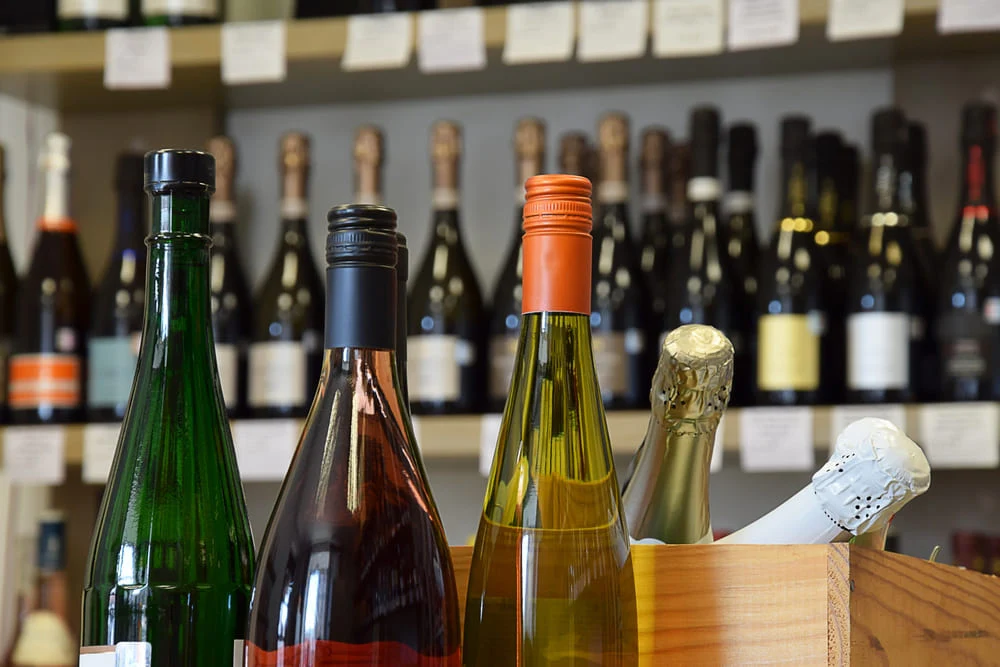
Several tools and techniques can help extend opened wine beyond basic cork-and-refrigerate methods. Vacuum sealers remove oxygen from the bottle, potentially preserving wine for up to 10 days. These devices work by creating a tight seal while extracting air, though results can vary depending on the wine type and quality of the vacuum system.
Inert gas preservation systems inject argon or nitrogen gas into the bottle, displacing oxygen and creating a protective barrier over the wine’s surface. These systems can preserve wine for up to 7 days and are particularly effective for expensive bottles where maximum preservation is desired.
For those who frequently have leftover wine, keeping clean 375ml half-bottles on hand provides an excellent preservation method. Simply pour the remaining wine into the smaller bottle, eliminating the air space that contributes to oxidation. This technique works exceptionally well and requires no special equipment beyond the half-bottles themselves.
Post-Delivery Rest Period: Allowing Wine to Settle
Wines that have been shipped often benefit from a rest period before consumption, allowing them to recover from “travel shock“—the temporary disruption caused by movement and temperature fluctuations during shipping. While there’s no definitive timeframe for this recovery, most wines benefit from 1-2 weeks of undisturbed storage in proper conditions.
Delicate wines, older vintages, and unfiltered wines may require longer rest periods, with some producers recommending up to eight weeks for particularly sensitive bottles. During this time, store the wine in optimal conditions and avoid unnecessary movement or temperature changes.
Proper wine storage after delivery is essential for protecting your investment and ensuring optimal enjoyment of every bottle. By maintaining consistent temperatures between 45-65°F, managing humidity levels around 60-68%, protecting against light exposure, and using appropriate preservation techniques for opened bottles, you can significantly extend your wine’s lifespan and preserve its intended character. Whether you’re storing wine for immediate consumption or long-term aging, these fundamental principles will help you get the most from your online wine purchases and enhance your wine experience.

